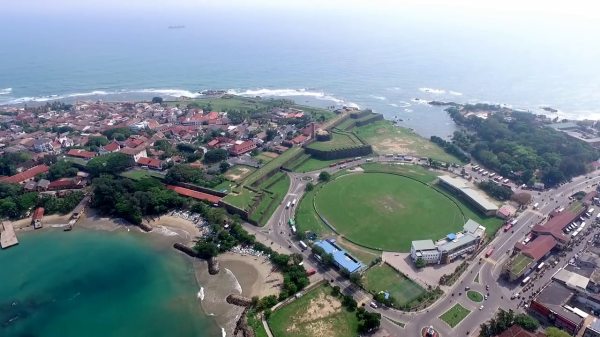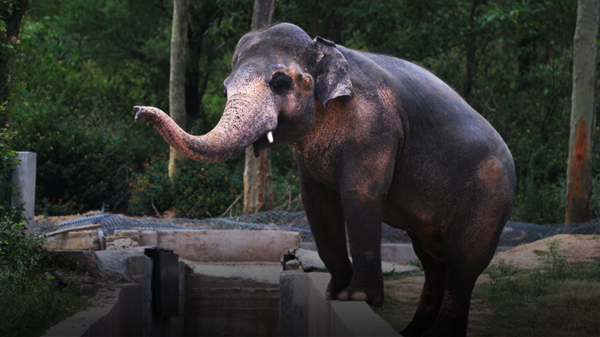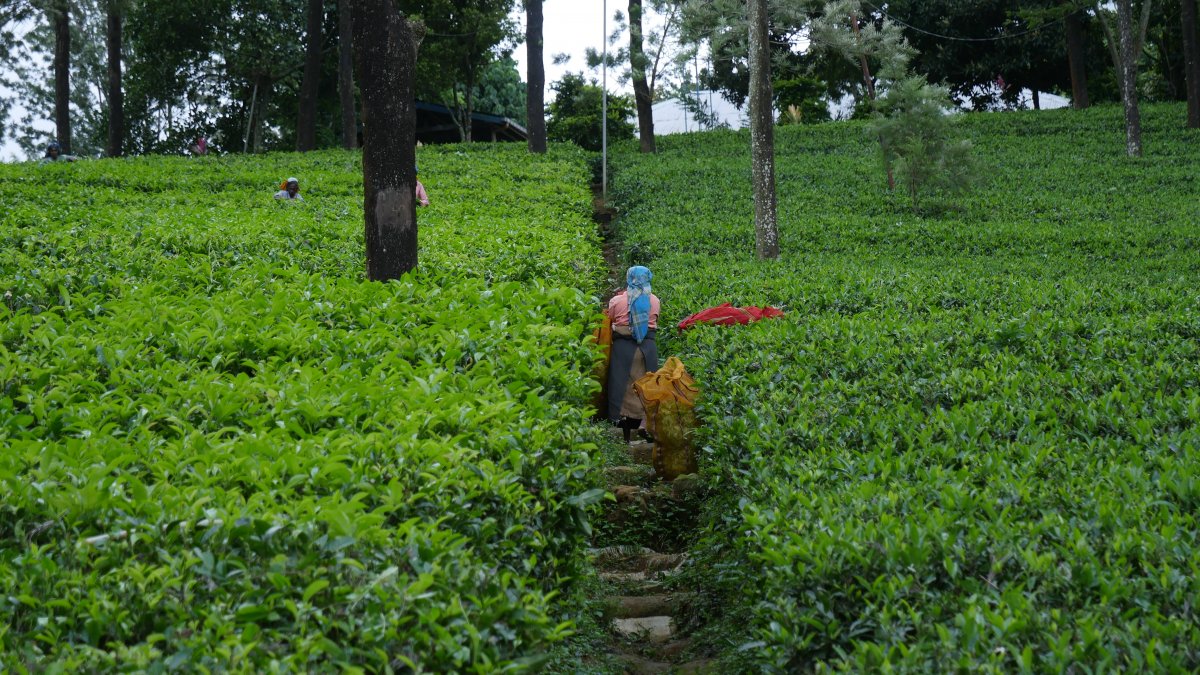
Sharmila* (name changed) is 71 years old. Lined, weatherbeaten and bent under the weight of the bag on her back, she has been plucking tea for as long as she can remember. But she will not be retiring anytime soon. “I will only be eligible for pension when I am 85, so I will have to keep plucking tea for the next 13 years,” she says. “After that, I will try to find some small jobs on the estate to keep myself going.”
At first glance, Sharmila embodies that quintessential image of the Sri Lankan tea plucker: smiling, hospitable and synonymous with holidays in the hills. However, behind her cheerful veneer is a nearly 200-year-old story of toil and struggle that the estate community has been subjected to since colonial times..
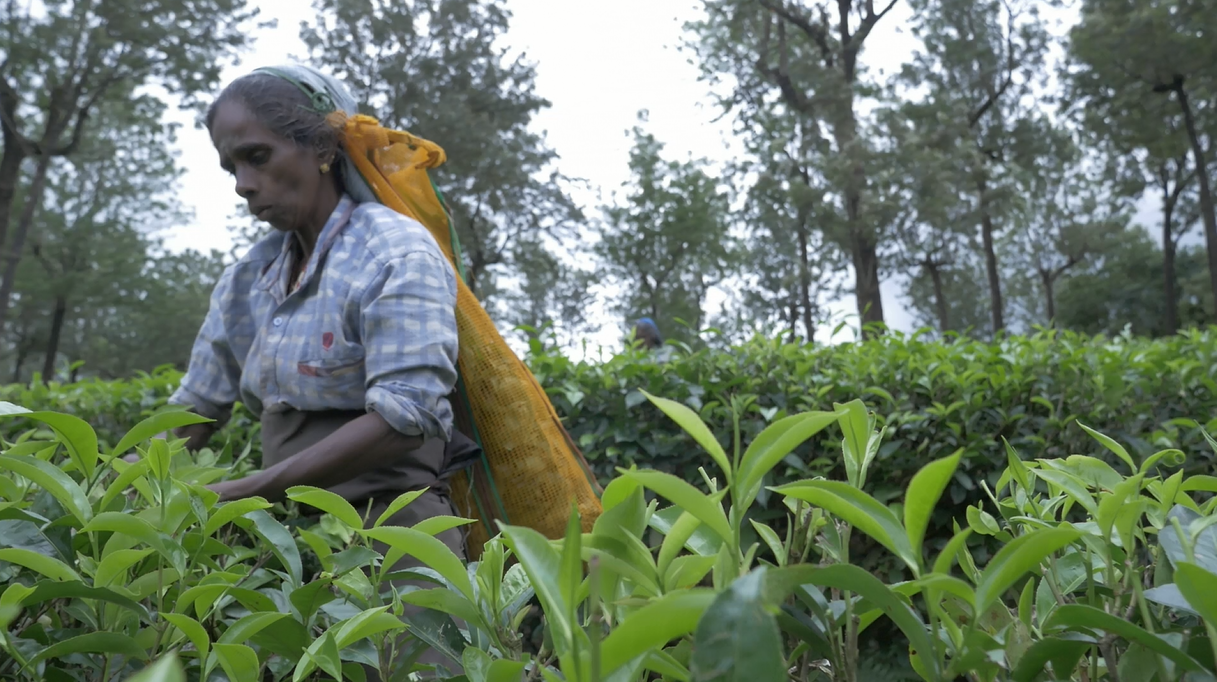
A popular chain of luxury hotels in Sri Lanka recently caused an uproar by offering a holiday package that included a ‘line room experience’, designed to ‘immerse guests into the lives of Sri Lanka’s iconic tea pluckers.’ Many social media commentators expressed outrage, underlining the insensitivity of the concept, especially given the fact that the refurbished line rooms starkly contrast with the squalid living conditions of most estate workers. They also questioned the impulse to romanticise life on the plantations, while showing little to no regard for the cultural heritage of the community.
This dichotomy begs the question: Behind the luxurious facade promoted by tourism, what is the real ‘line room experience’ like? What kind of lives do the people of the estate community lead? Roar Media visited an estate in Gampola, to find out more.
Line Rooms: Depiction Versus Reality
Swathed in sweeping mist, the journey to the estate is a scenic one. Tea plantations spread as far as the eye can see. As we navigate the badly rutted mountain roads, we catch glimpses of life on the estates – an old man carrying a bundle of firewood, groups of children making their way home from school, and tea pluckers ceaselessly picking tea, as their mothers and grandmothers did before them. An atmosphere of idyllic peace seems to pervade the place, but every now and then, the curtain lifts and we catch glimpses of the darker side of Sri Lanka’s tea trade.

Project officer of the Institute of Social development (ISD), S. Sathiyanaden, who is in charge of the Tea Plantation Workers’ Museum, stops to point out a dilapidated linear structure which serves as the estate workers’ living quarters. Bare bodied toddlers squat outside their ramshackle homes, and clothes hang to dry on lines strung across the porch areas. A murky drain runs right at their doorsteps. “These are the line rooms where the plantation workers live,” he says. Some of the houses have once been painted colourfully, but behind the faded pinks and blues, the walls are cracked and flaking and roofs are broken. Most of the line rooms are windowless, leaving the living quarters dark and stuffy.
“Many of these houses you see were built nearly 200 years ago,” Sathiyanaden tells us. “They are rundown and badly in need of renovations and basic facilities like proper sanitation.” Each section —roughly a space of ten by twelve feet—is allocated to one family. According to Sathiyanaden, it is not unusual to find eight or nine family members—parents, siblings, grandparents and married children—all living in the same small room. “This creates many social problems within the community,” he points out.
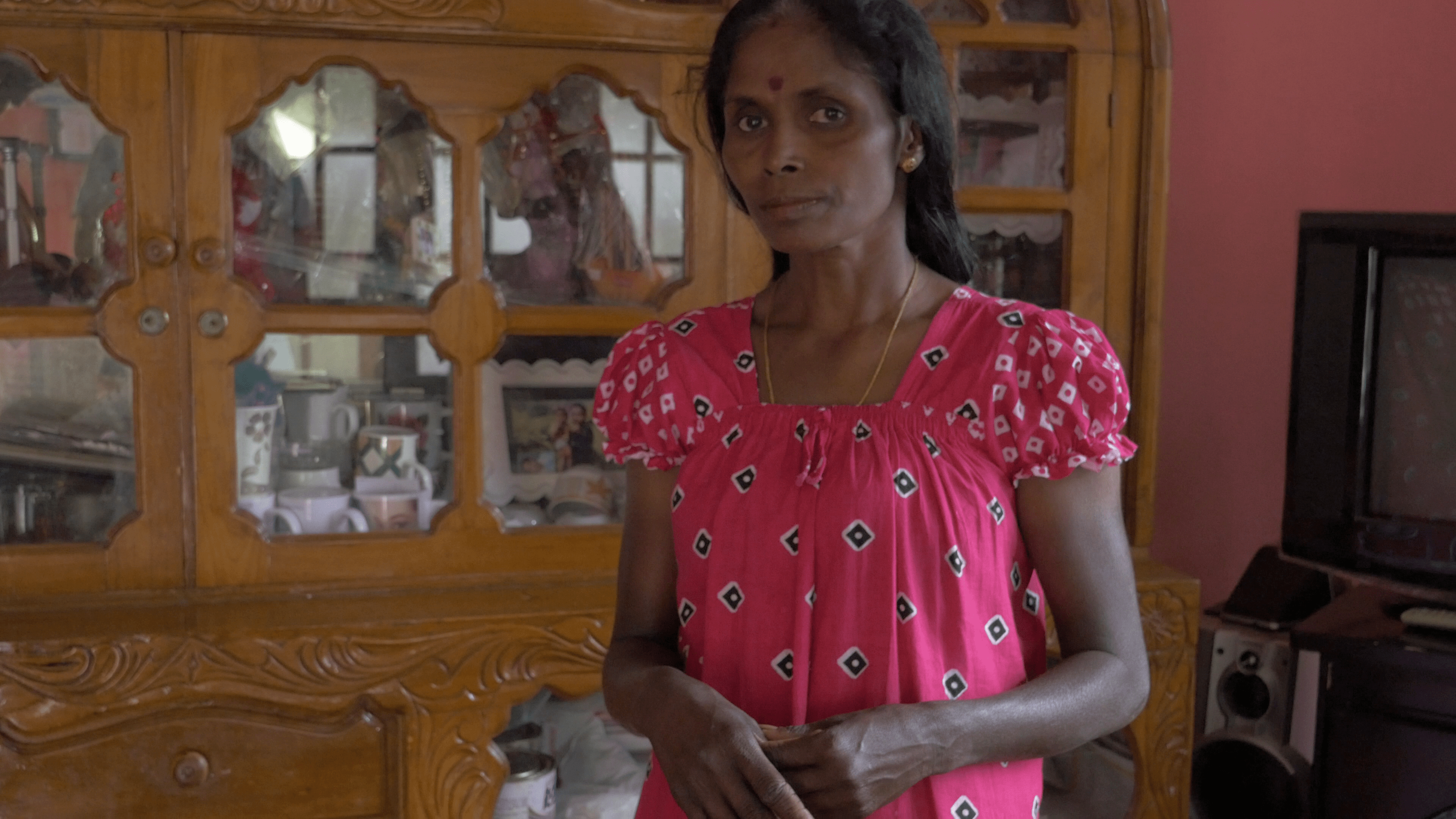
A few of the line rooms appear to be in a marginally better state. The tea plucker Wallima’s house, for instance, is small but bright and well ventilated. She has a small television, a cabinet, and an actual bed as opposed to the tiny, tattered pallets typical of line rooms. On her cabinet is a picture of her daughter at her graduation from an institute of vocational studies – one of the reasons that she is able to enjoy these ‘luxuries’. She has two children who both work in Colombo and send her money to help her and her frail mother.
The linerooms are mostly owned by the estate management. “The estate community was stateless until the year 2003, when they passed the Grant of Citizenship to Persons of Indian Origin Act,” Sathiyanaden tells us. “Now, the estate community can vote and own land.” However, the irony of being allowed to own land is plain – many of the estate workers cannot even afford their basic needs, leave alone land.
From Dawn To Dusk, From Birth To Death: A Tea Plucker’s Life
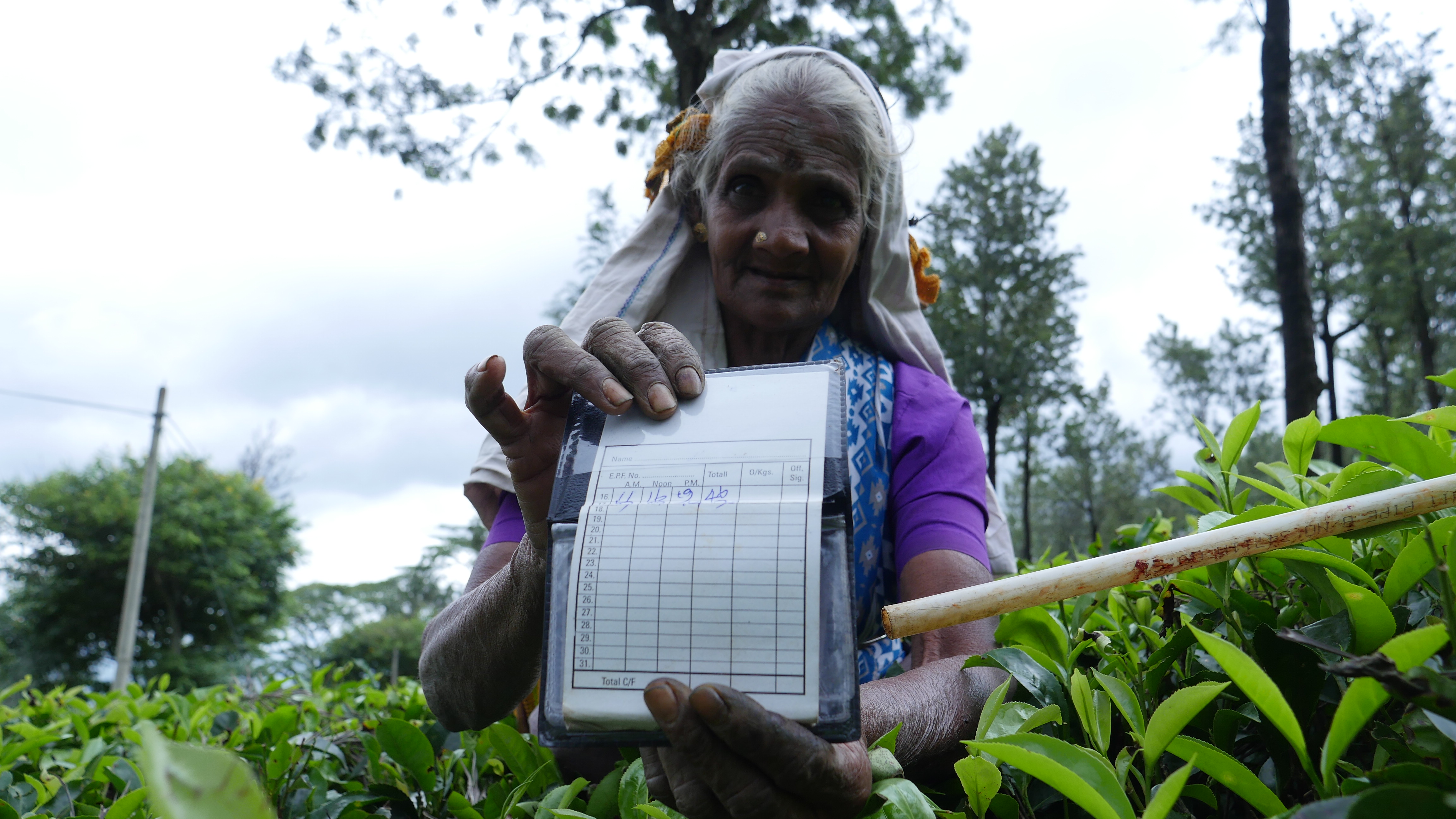
Deft and nimble fingered, Sharmila, whom we meet later in the hills, does not stop plucking tea even while talking to us. She is friendly and chats without reserve, but she also keeps an eye out for the supervisor. The supervisors on the estate do not like the estate workers being too forthcoming with strangers; in fact, one of them even tries to convince us that we need to get permission from the management to be able to speak to the tea pluckers.
Sharmila has been in this business for more than 40 years, and nothing much has changed for her over the decades. She was born in the plantations, and it is likely that she will spend her last days here as well. “I wake up very early, at about 5 am,” she tells us. “Then I have to cook and feed my husband, my children, my cow and my dogs, and make it to the fields by 8 am.” The work is relentless; they cannot leave the fields for meals, so they have to carry their own food and eat on the estate. They get half an hour for lunch before they have to return to work again.
“One kilo of tea will earn me about 26 rupees,” says Sharmila. “This means that I get about 20,000 rupees a month.” She stops plucking tea for long enough to show us her ‘record book,’ a little booklet which tracks the days she comes out to the estates. We see that she has been working for every day of the month. “We cannot afford to take holidays,” she tells us. “For instance, we are allowed to take Sundays off, but we don’t. We need to keep working to be able to survive.”

Sharmila’s six children are all grown up. Some of them work in Colombo and abroad, but the ones who live with her are not employed. They would rather not work at all than be subjected to the drudgery of estate work.
Sathiyanaden later explains that most people from the younger generation dislike the stigma attached to working on the plantations. “People from the estate community are often looked down on,” he says . “Most of the youth leave the estates as soon as they can to escape the stigma and poverty. If it goes on like this, the tea industry could face a serious labour shortage.”
Like Sharmila, Wallima is also very forthcoming, but she is not as accepting of her living conditions. She calls herself an ‘activist’ and is very vocal about the injustices they face. (She also had no opposition to us using her real name). “The only thing our bosses care about is whether we meet our quota at the end of the day,” she tells us. “Even if there are no leaves on the bushes, they still expect us to pluck 22 kilos, or we don’t get paid at all. Sometimes if we don’t meet the quota, they beat us with a cane.” For every additional kilogram they pluck, they get paid an additional 25 rupees, but it is not often that they are able to beat the target.
It is not a coincidence that there are far more women than men in the tea plucking trade. The act of plucking tea leaves and a bud may seem like a mechanical one from the outside, but it is, in fact, a delicate operation and generally designated to women, who are widely considered more efficient and meticulous than men. Therefore, it is the women who do most of the plucking on the estate, while the men are conventionally assigned ‘sundry jobs’ like fertilizing, pruning and weeding.
Education And Healthcare
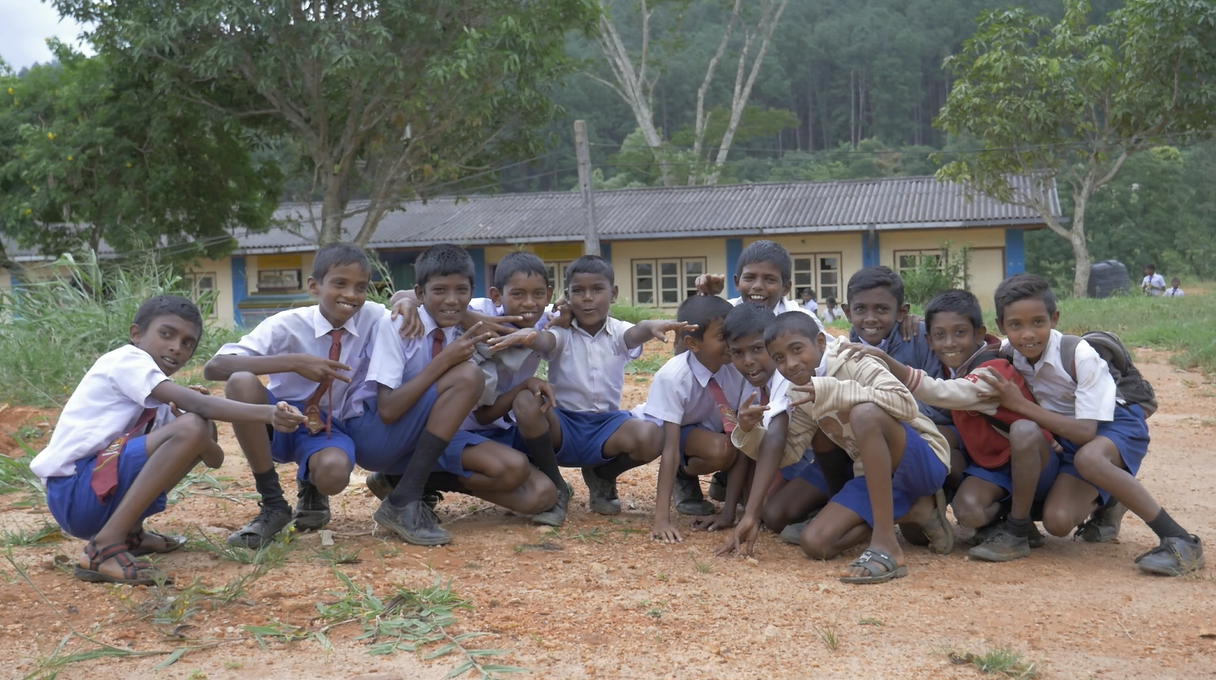
The small, shabby primary school is situated on the estate itself. lt lacks many resources, but the staff try their best to make do with what they have. Older students attend the two larger schools in the town. Travelling poses a challenge: the terrain is difficult to navigate, and it is a long walk to the town.
While it is well documented that plantation communities have comparatively lower levels of education, Sathiyanaden tells us that this particular estate is not doing too badly in that regard. He explains, “All children do their Ordinary Levels, and many of them go on to do their Advanced Levels as well. After school, some of them do vocational training, and now and then we hear of children who get into university.” However, most students stop schooling after their O’ Levels and try to join the work stream..
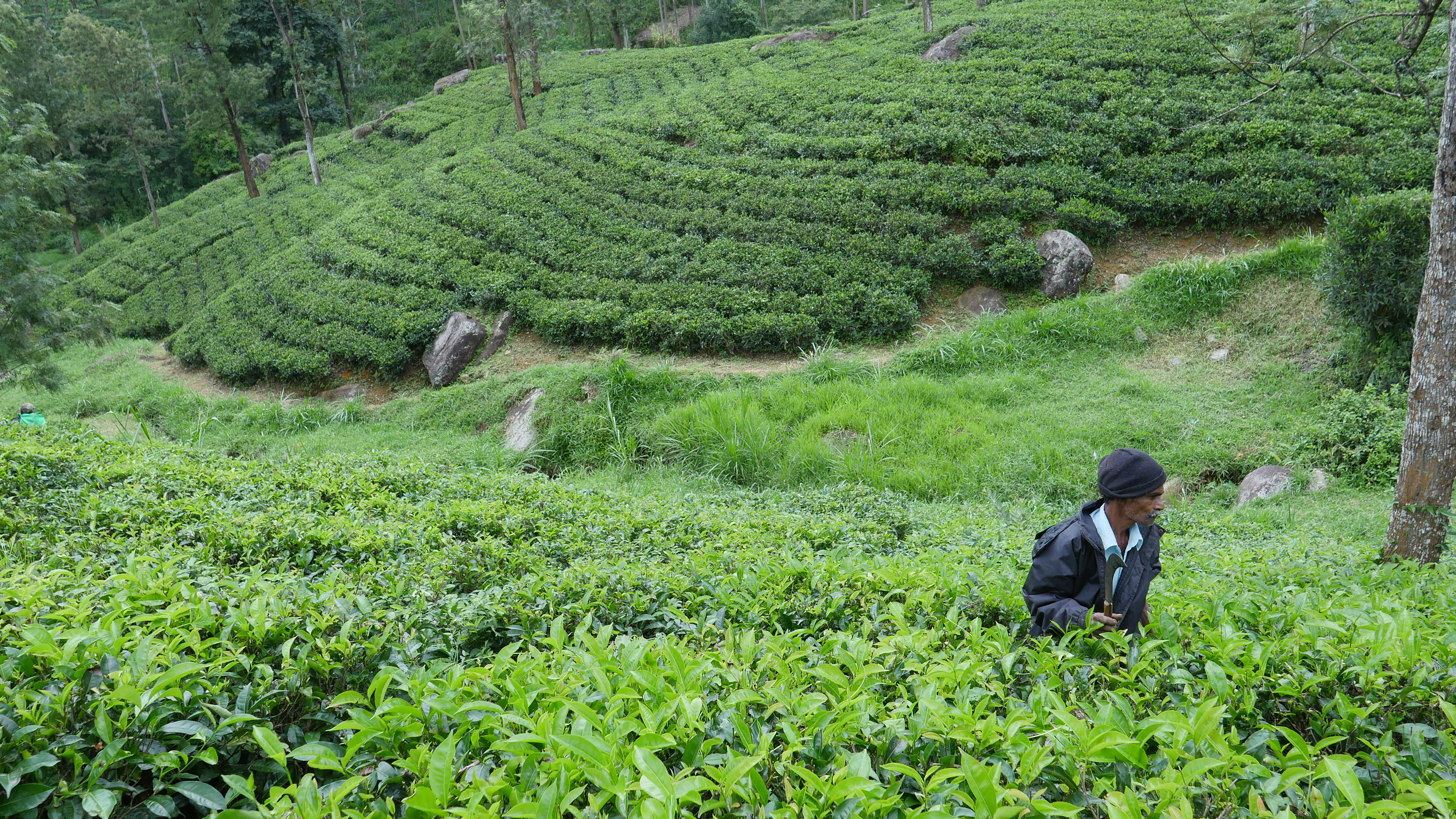
When it comes to healthcare, Sathiyanaden points out that the estate community is especially disadvantaged. A recent policy analysis revealed that the estate community still lags far behind in terms of reproductive health, nutrition and maternal health indicators.
On this estate, one of the biggest challenges is logistics and transport. Since the government hospitals are at a significant distance, travelling there presents many difficulties. For instance, while there are midwives in the estates, if a pregnant woman wants the services of a doctor, she has no choice but to navigate the hilly terrain on foot.
Wallima tells us about the everyday indignities the community suffers when they face health issues. . “Just recently, an estate worker who slipped and fell on the hills was asked skeptically by the estate doctor, ‘You have been sleeping all night, and now instead of working the next morning, you have fallen down?’” The estate managers, she tells us, do not care if they are sick, or in need of rest – if they do not pluck tea, then they do not get their wage, no matter the state of their health.
“These people have no voice,” Sathiyanaden tells us. “The trade unions who are supposed to be this voice are not doing their job properly anymore. They may have been given the power to vote, but what is the point? They vote, but nothing changes for them.”






